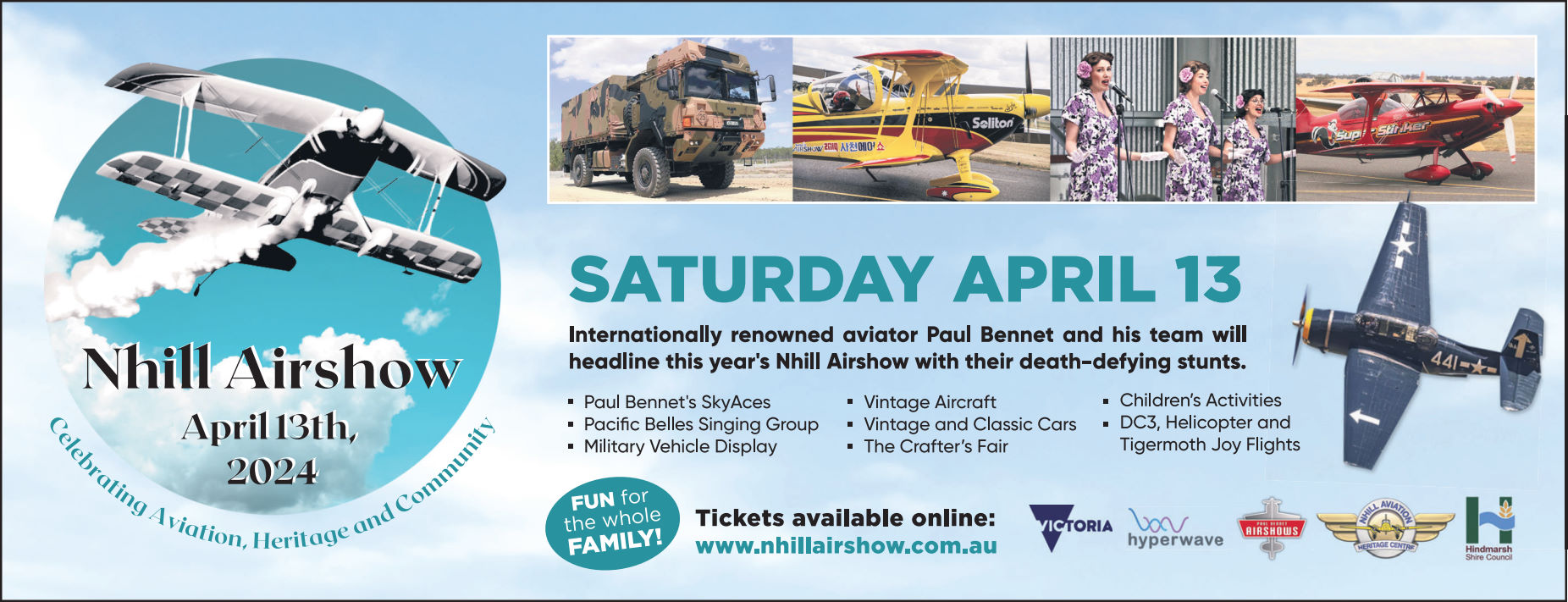Throughout the centenary of World War One (WW1) commemorations have been held to recognise and recall Australia’s defining role in the "Great European War" and Middle East conflicts. Events which would herald Australia onto the world political stage as a country of its own standing rather than being seen as a British Dominion, referred to by European leaders as a British colony.
On November 11th, 2018 will be the centenary of the Armistice, at which on the 11th hour a cease-fire was ordered; all hostilities on the Western Front were to stop. This would bring to an end the ’bloodbath’ and carnage which started on the August 4th, 1914. 100 years ago when the great news reached Australia and New Zealand it was celebrated with rejoicing and dancing in the streets by war weary people across both countries; it was a great relief.
The Turkish Armistice had occurred on the October 4th, 1918.
Australia’s role as part of the British Expeditionary Force (BEF) was mighty, its five divisions of the Australian Corps were at the forefront of those last months of WW1. They had gained the reputation as elite fighters of the BEF, leading the ’push forward’ to, and the breaching of the Hindenburg Line; the formidable German defences. It came at a heavy toll. The Australian Corps suffered 35,000 casualties, including over 7,000 dead. Eleven of the sixty battalions were disbanded in 1918 due to lack of reinforcements.
John Monash was promoted to Lieutenant-General and appointed to command the Australian Corps on June 1st, 1918. With careful planning he engineered, by employing combined forces of infantry, tanks, artillery, aircraft and smoke screen tactics, the must sort after advance against the tiring German army. Being victorious at Hamel, Amiens, Peronne, Mont St. Quentin, Hargicourt and Montbrehain. The Americans had arrived in France in mid-1917, now they were along Australian troops under the command of an Australian General, from Hamel to the Hindenburg Line.
Following the route of the German army at Amiens, in August, King George V of Great Britain honoured Lt-General Monash with a knighthood; to become Sir John. The only occasion in history such an honour has been bestowed upon a General in the field of battle.
Above - Monash was conferred with his Knighthood on the front steps of Chateau de Bertangles, which was his headquarters in France at the time.
The Amiens success by the Allies was described by German General Ludendorff ’as a black day’ of the German army; leading to the change in the course of the war and world history.
Montbrehain on October 4th and 5th was to be Australia’s last major involvement in Europe’s Great War.
The battle of Montbrehain was witness to severe casualties to the Victorian 21st and 24th battalions, including three company commanders of the 24th. Ten officers had been killed with twenty other officers and 400 other ranks wounded. Amongst the ranks of the 24th battalion was Dimboola district man 1780 Private Walter Herbert Scholz of Antwerp. Killed in action on October 5th. He was to be the last Dimboola volunteer to make the supreme sacrifice in WW1.
Australian Prime Minister William Maurice (Billy) Hughes, known by the Australian troops as the ’Little Digger’, was visiting the battle fields in mid 1918. He had come to the conclusion, from learning of the deeds of his troops, our boys had done their share of the fighting and taken their knocks ! Enough was enough ! ANZAC leave, a special two months furlough in Australia, was granted to the ’originals’, those troops who had sailed from Australia in 1914. The first contingent of 800 men departed the Western Front battlefields on September 14th, leaving some units seriously depleted for combat. During the following weeks 6000 ’originals’ were moved out on ’ANZAC leave’. Little did they know at the time, for them their war was over. They would be on the high seas homeward bound when the Armistice was declared.
The repatriation of the Australian personnel following the Armistice was overseen by Lt-General Sir John Monash. While organising passage home for his men he occupied them with activities and skill training for return to civilian life back in Australia . All the while he wrote a book, the Record of the Australian’s in 1918. Sir John arrived back in Melbourne on Boxing Day 1919.
There was inconsolable mourning for those lost to a bitter war and remaining in foreign soil on the other side of the world. Memorials of many types : cenotaphs and rolls of honour/honor and Avenues of Honour were erected to honour them in nearly every district, town and city. Those who returned were also honoured for their sacrifice of service. Many thousands suffering from war injuries and illnesses being nursed by family members. In the decade since 1918, 60,000 men would die from their injuries and illness. If that was not bad enough an epidemic of Spanish influenza swept across the world, taking a toll in Australia and New Zealand.
With the passage of time people continued to support the erection of memorials. Plans were drawn up for The Shrine of Remembrance in Melbourne. Sir John Monash a firm advocate.
Here in Dimboola we have the Memorial Secondary College ,unique to Victoria, and the Avenue of Honour. WW1 made such an impact on this community 100 years ago that there are eleven rolls of honour to be found : DMSC, Rowing Club, St Peters Anglian Church, St Andrews Uniting Church, RSL Hall, Dimboola and District Historical Society Museum (Old Court House). Also in halls at Gerang Gerung, Murra Warra and Wallup. A new honour roll will be unveiled in the Antwerp Hall on Sunday afternoon, November 11th, 2018.
Lest We Forget
|






